Likes
- Incredible driving experience.
- Typically superb Honda build quality and reliability.
- Values seem to be ever increasing.
- The sound, the shift feel, the balance.
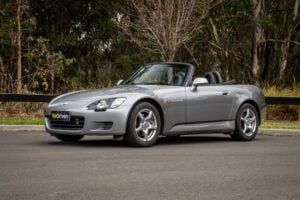
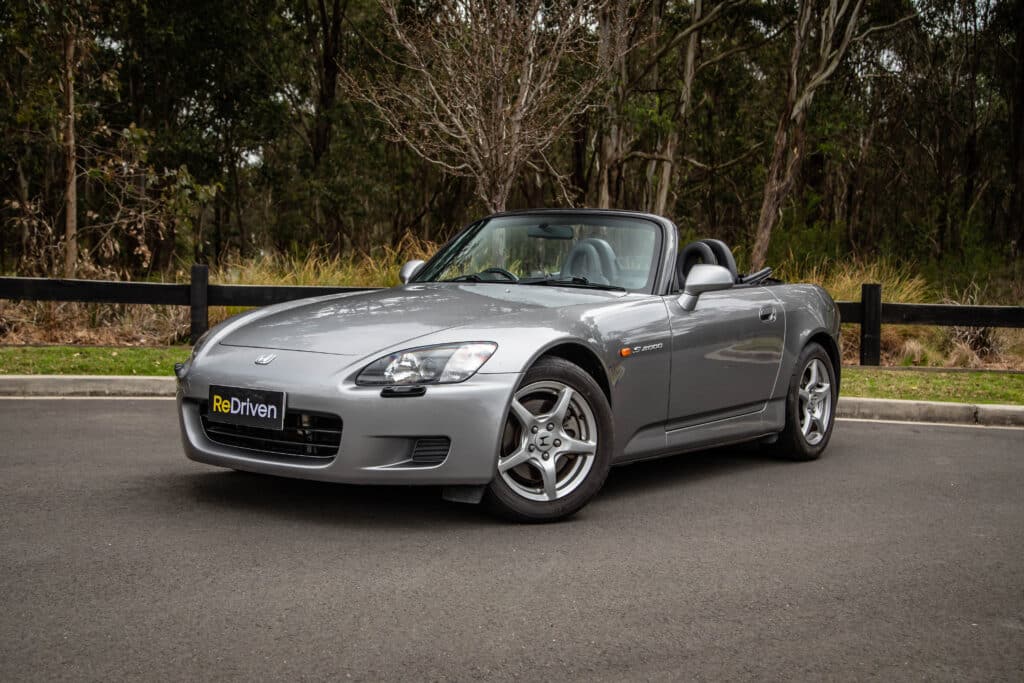
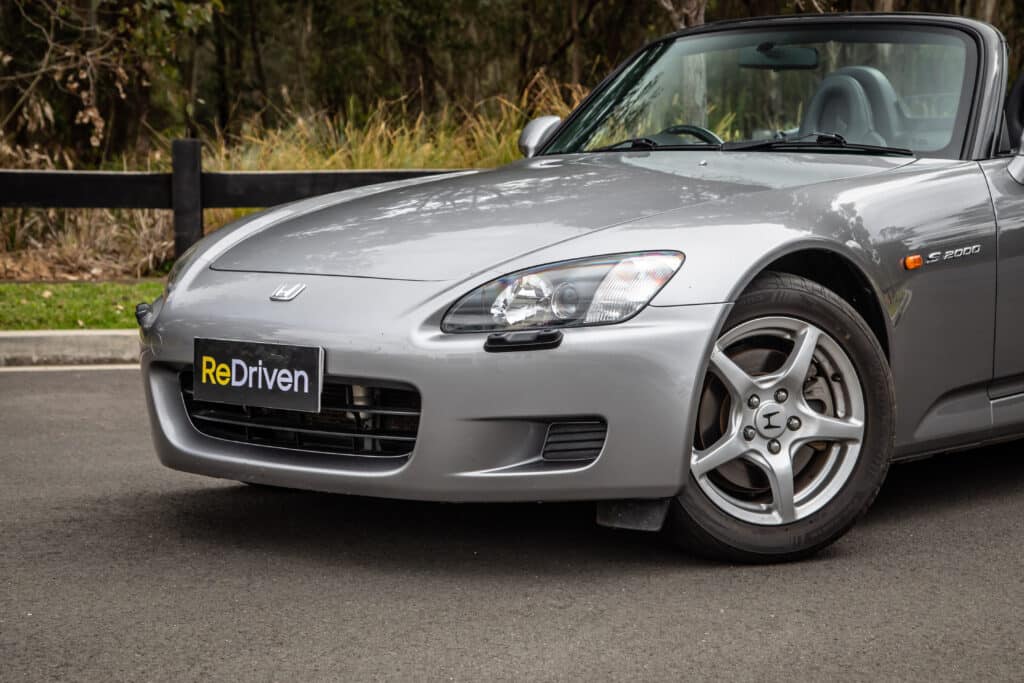
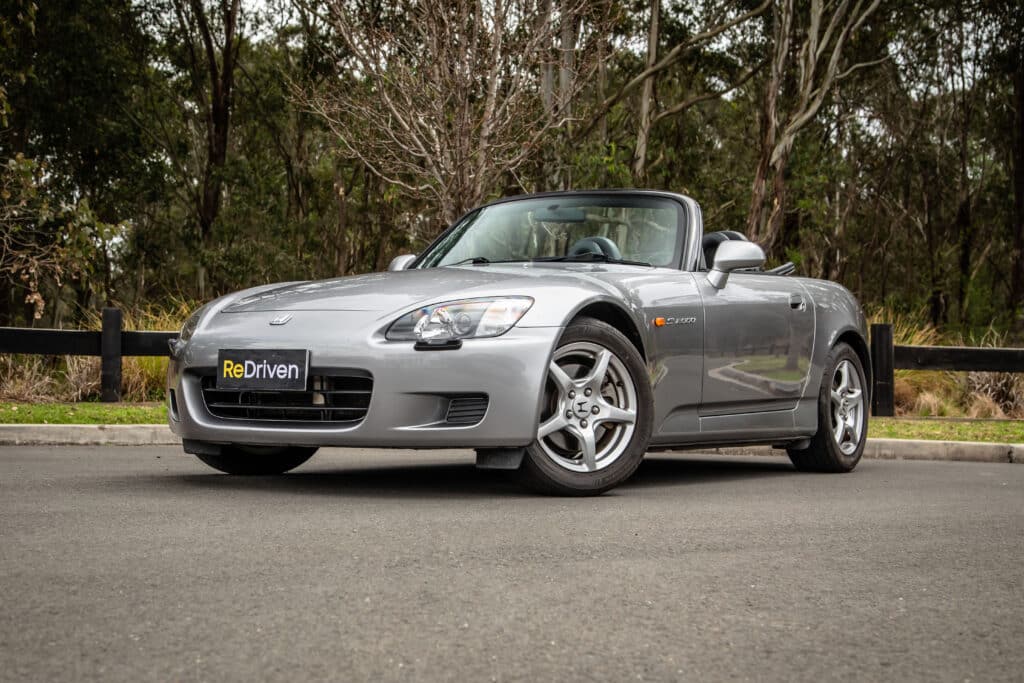
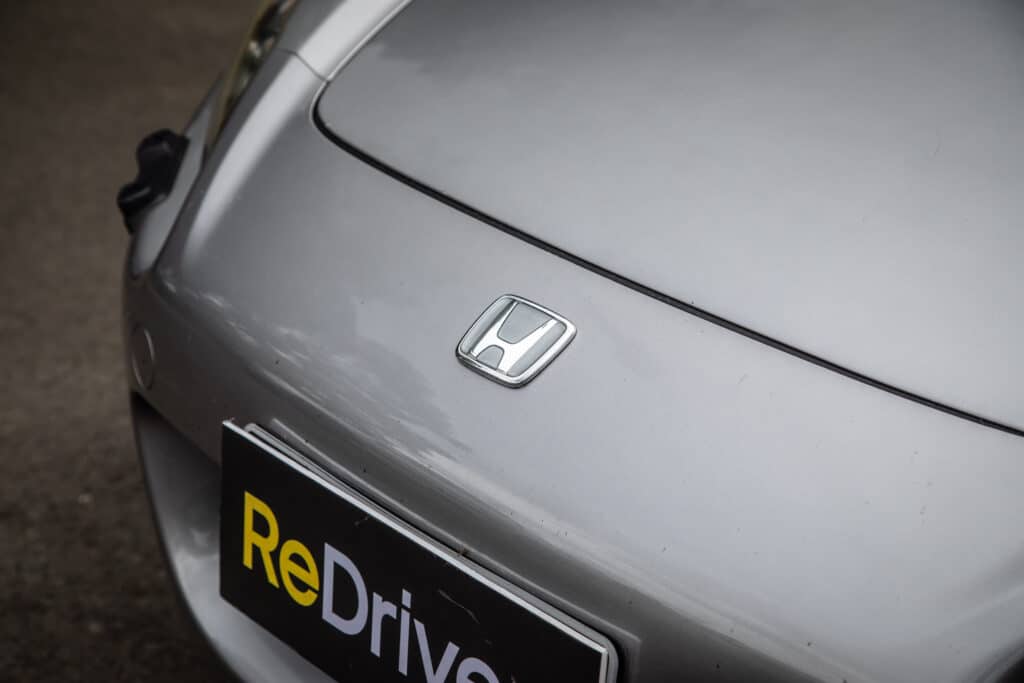

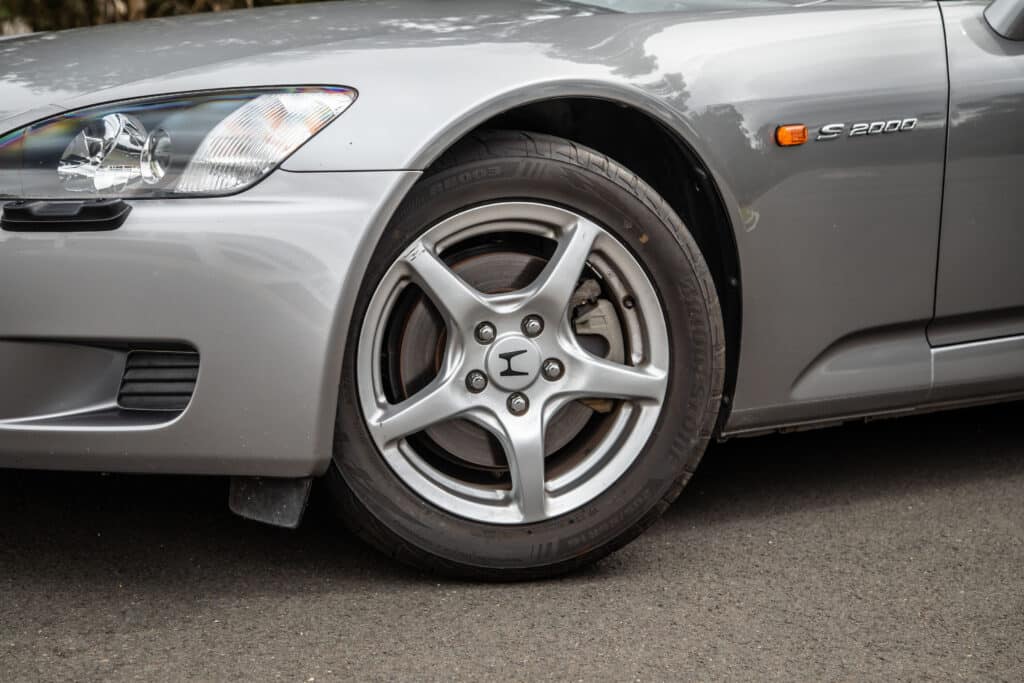
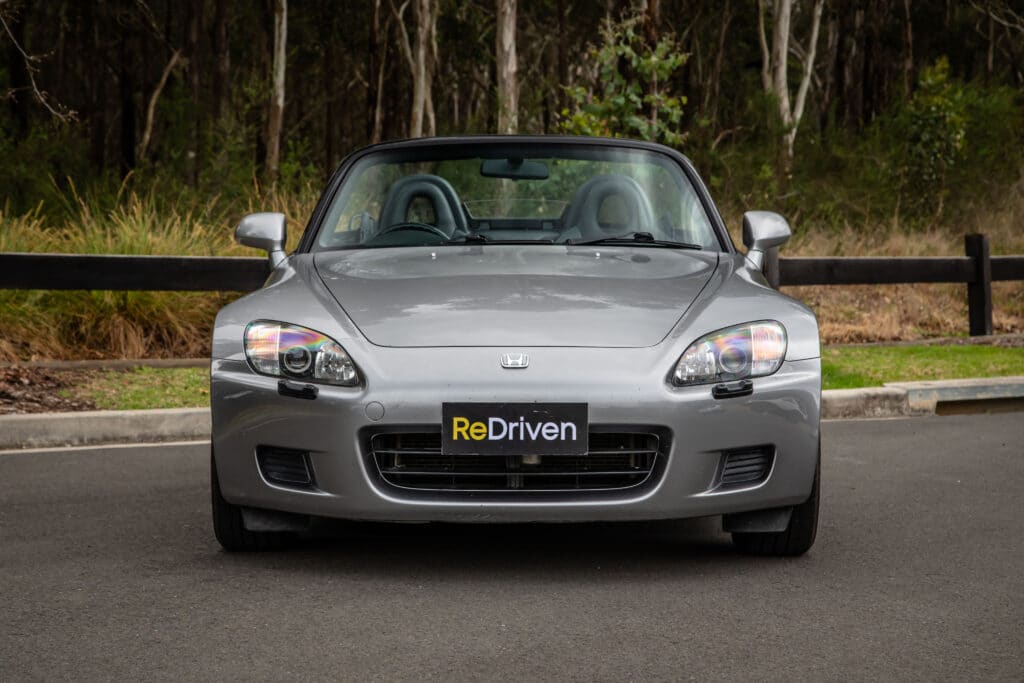

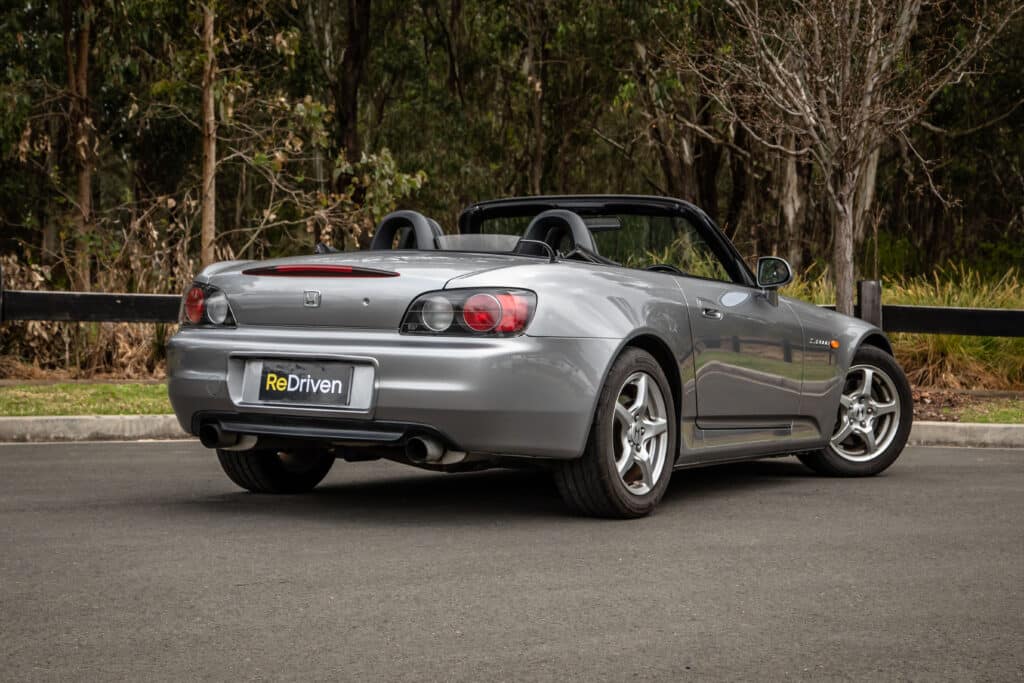
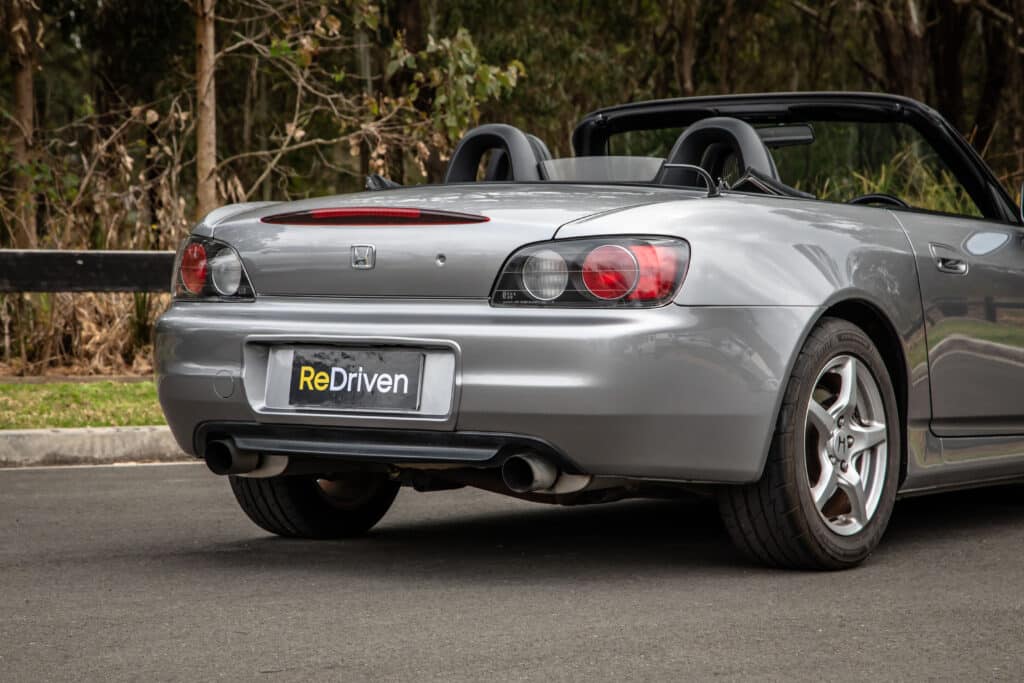

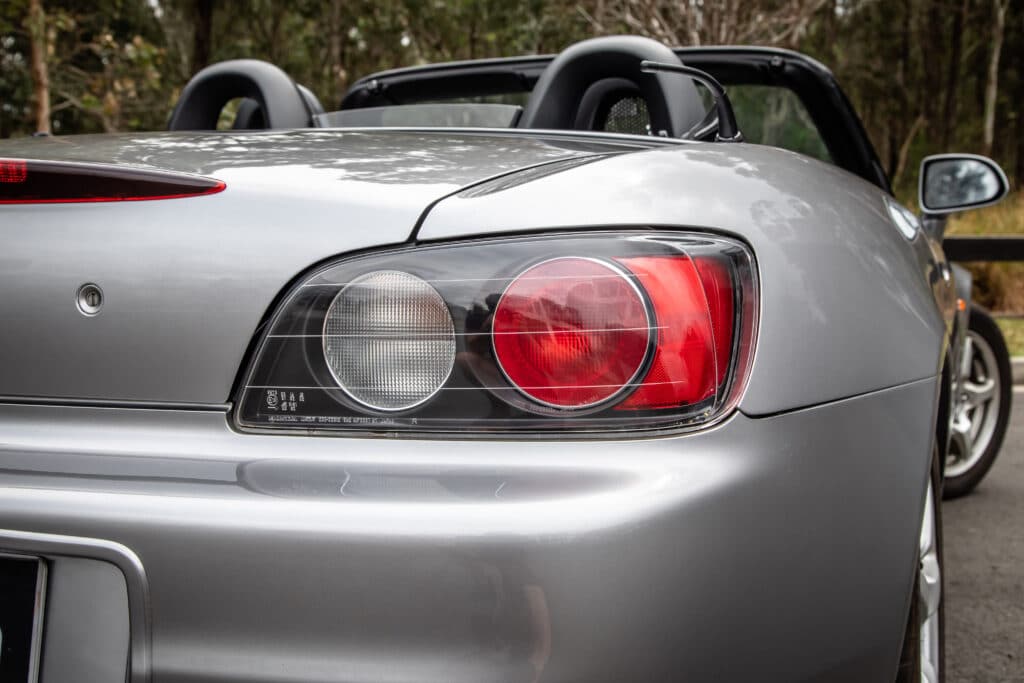
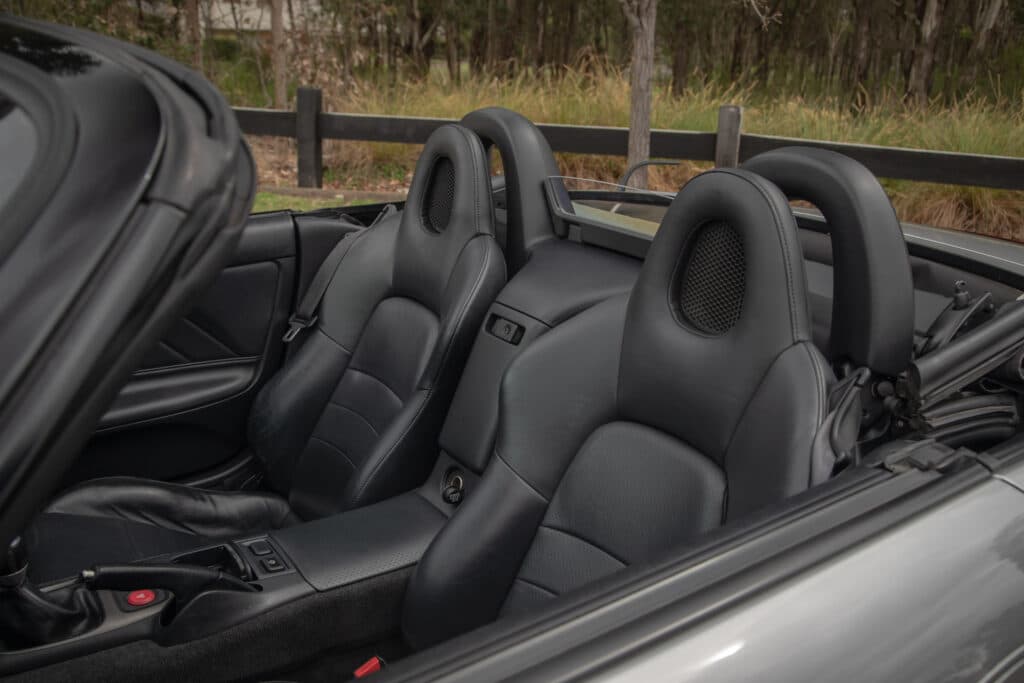
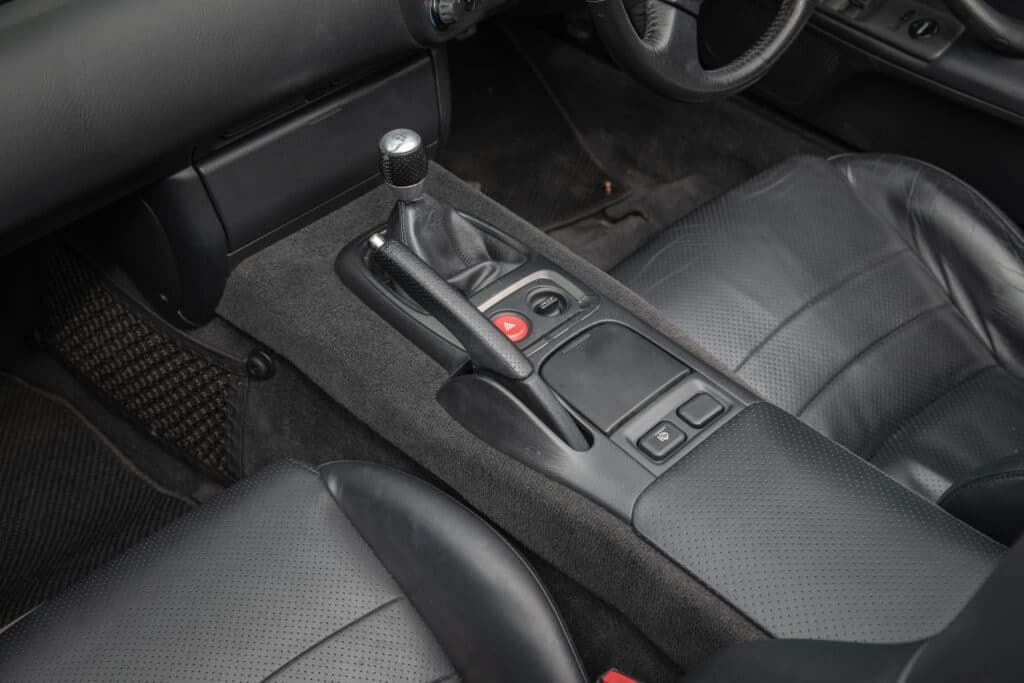
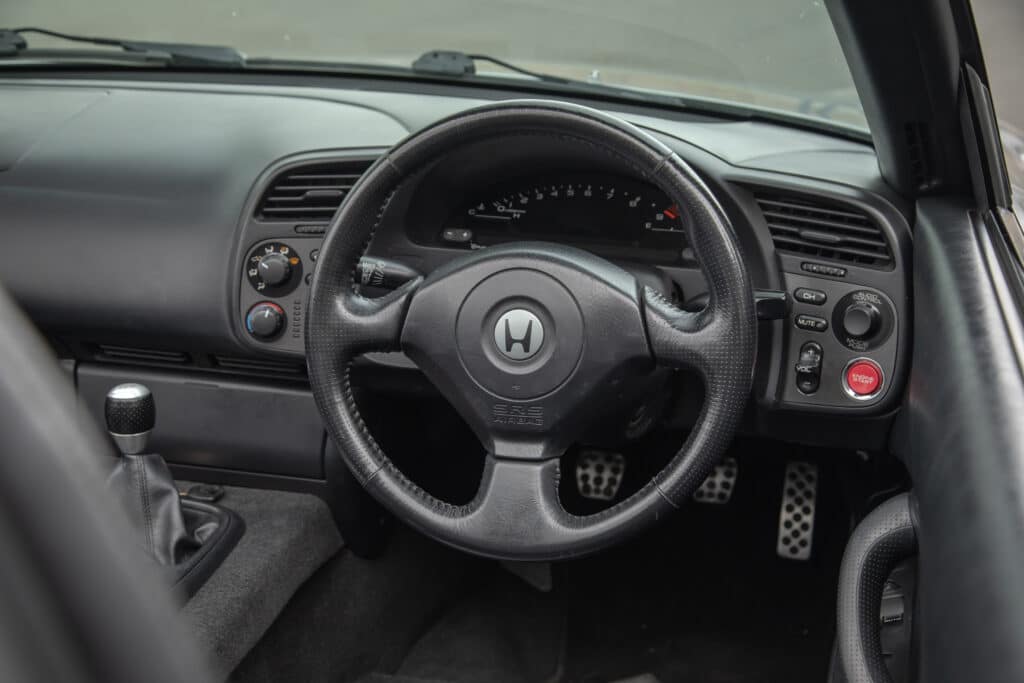

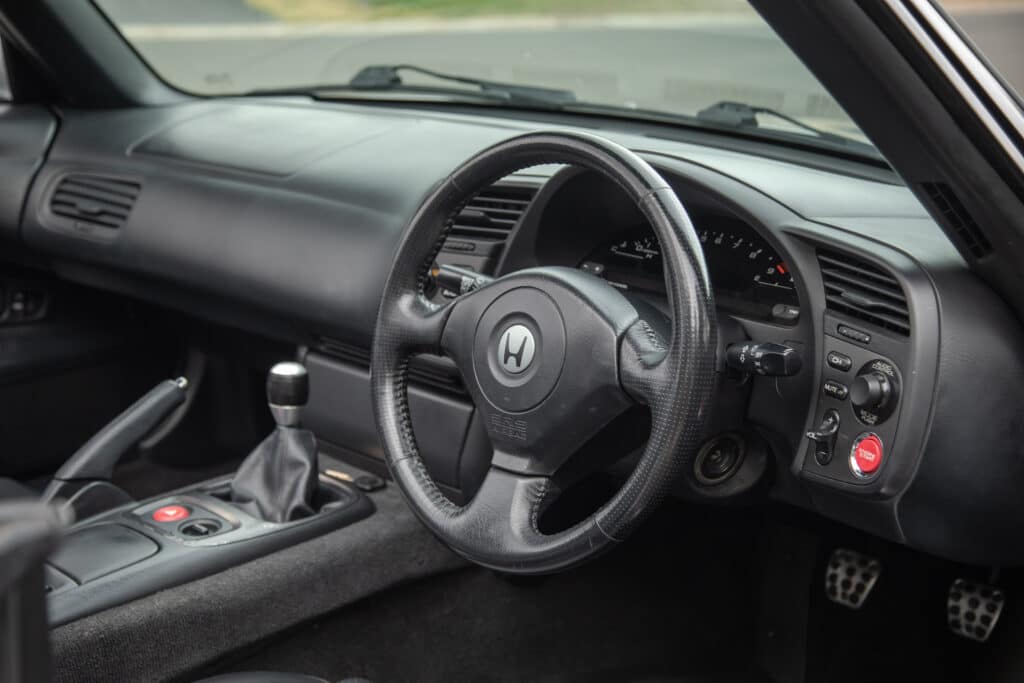
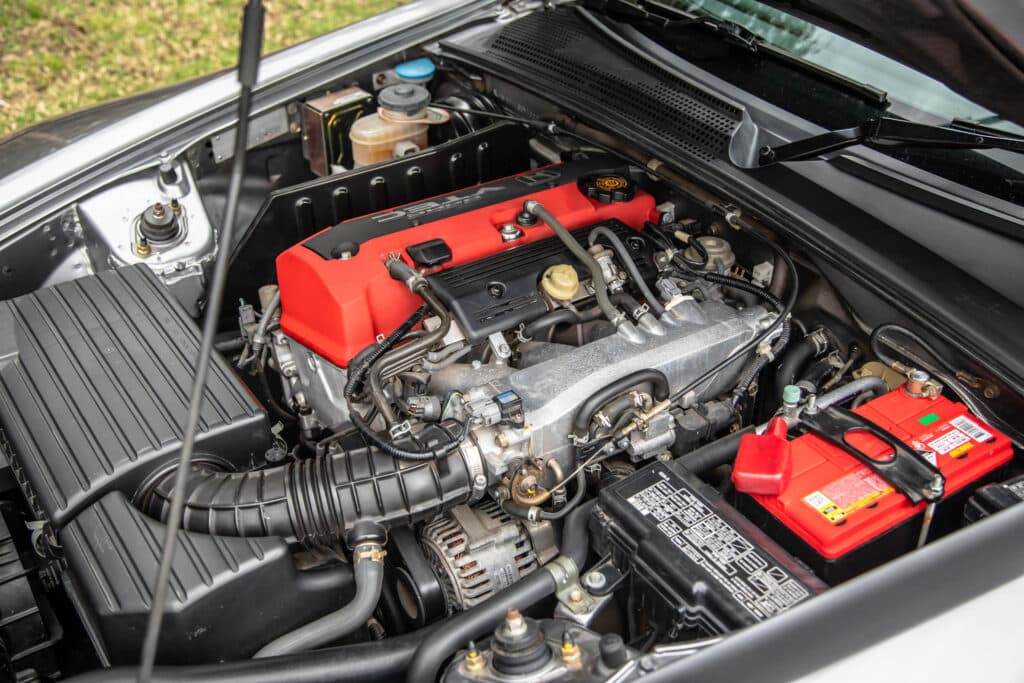
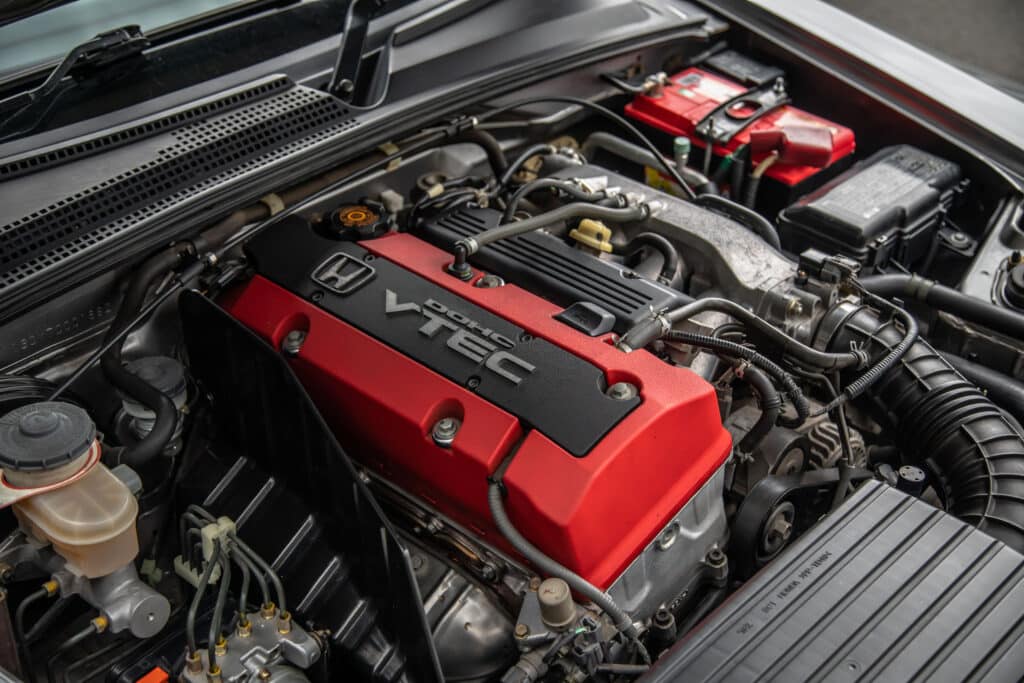
Available new from 1999 to 2009, the S2000 was Hondas small rear wheel drive driver focussed performance roadster. Think of it as Honda’s take on the iconic Mazda MX5 Miata, only far more serious.
To many the S2000 represents something of an exclamation point for the golden era of Honda.
When the S2000 arrived back 1999, Honda had been on winning streak of performance cars with the like of the Prelude, Integra, CRX and obviously NSX however with the S2000, they attempted to blend retro-convertible sensibilities with, for the time, high-tech engineering and lessons learnt from an incredible back catalogue.
The rest of the recipe was near textbook perfect sports car, small size, lightweight, a 50/50 weight balance, superb transmission feel and suspension engineering shared with the sublime NSX.
However, this is a performance car and many that drive them can run out of talent rather quickly so checking for accident damage and abuse is absolutely critical.
In terms of the model range, here in Australia there was the single variant across two generations, the original AP1 from 1999 to 2003 and then the revised AP2 from 2004 to 2009.
The AP2, while visually almost identical short of slightly larger wheels and a very subtle facelift, received a host of revisions under the skin.
From adjustments to the suspension tune to mechanical updates and additional features, it is still up for debate if these changes enhanced or degraded the S2000 experience.
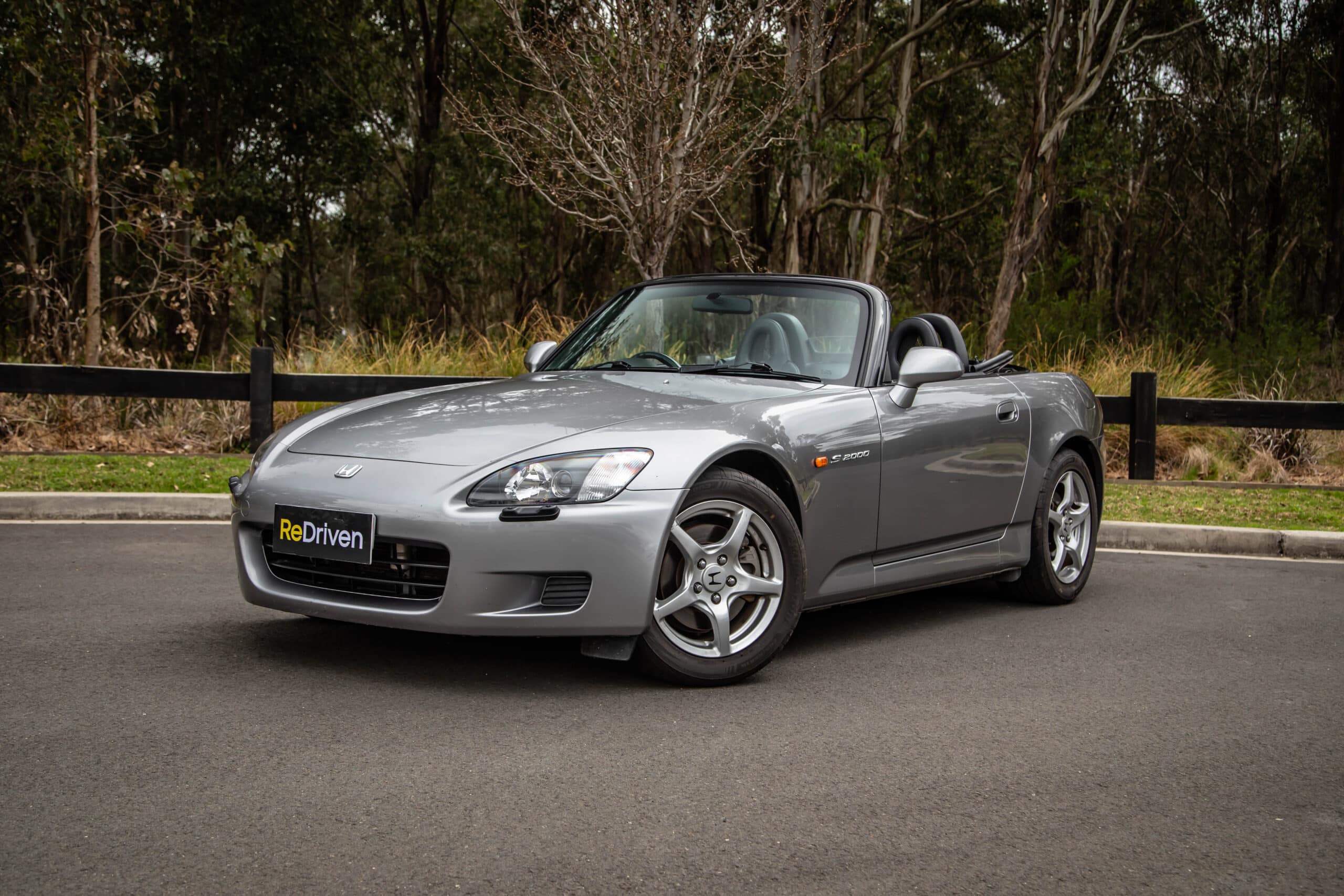
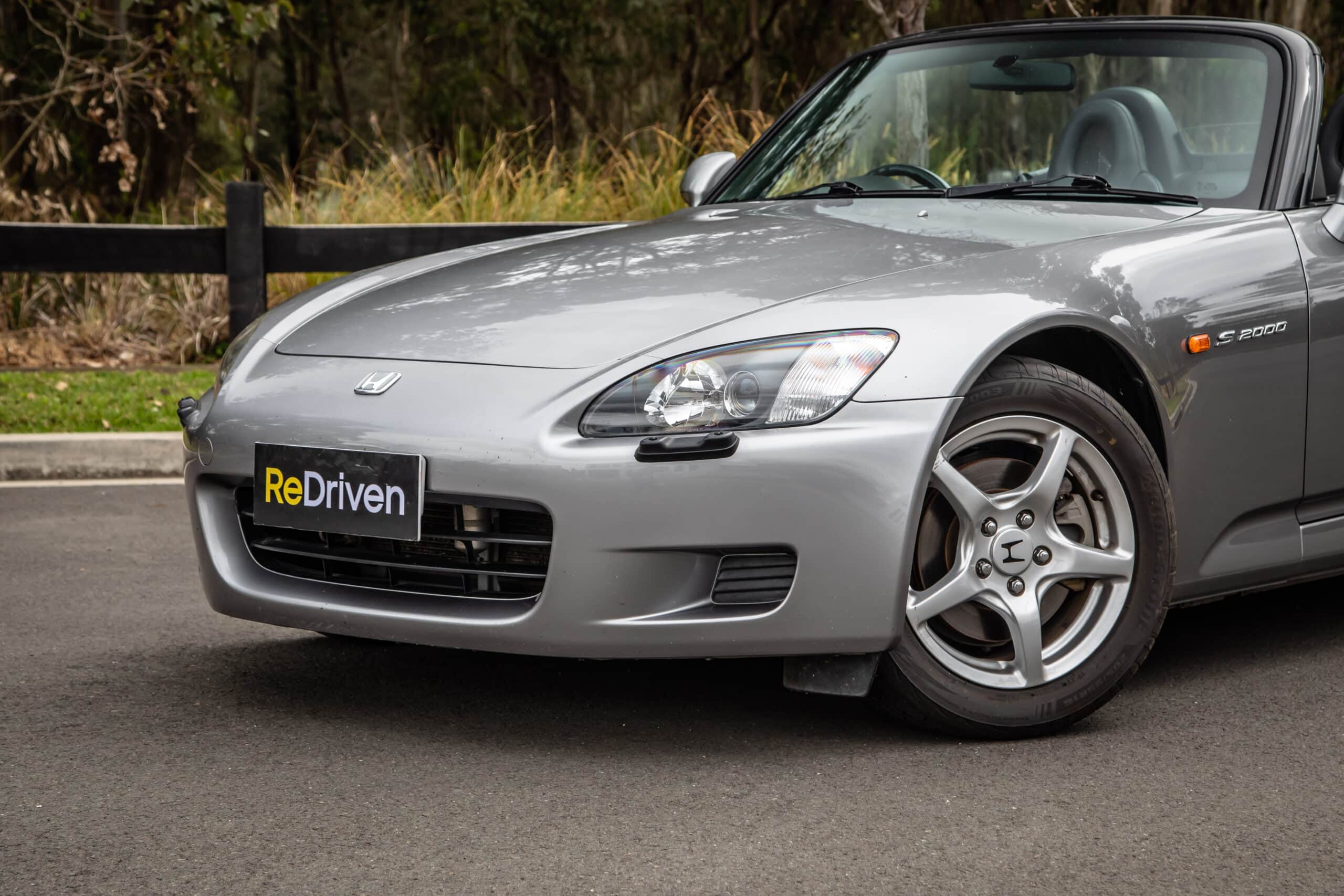
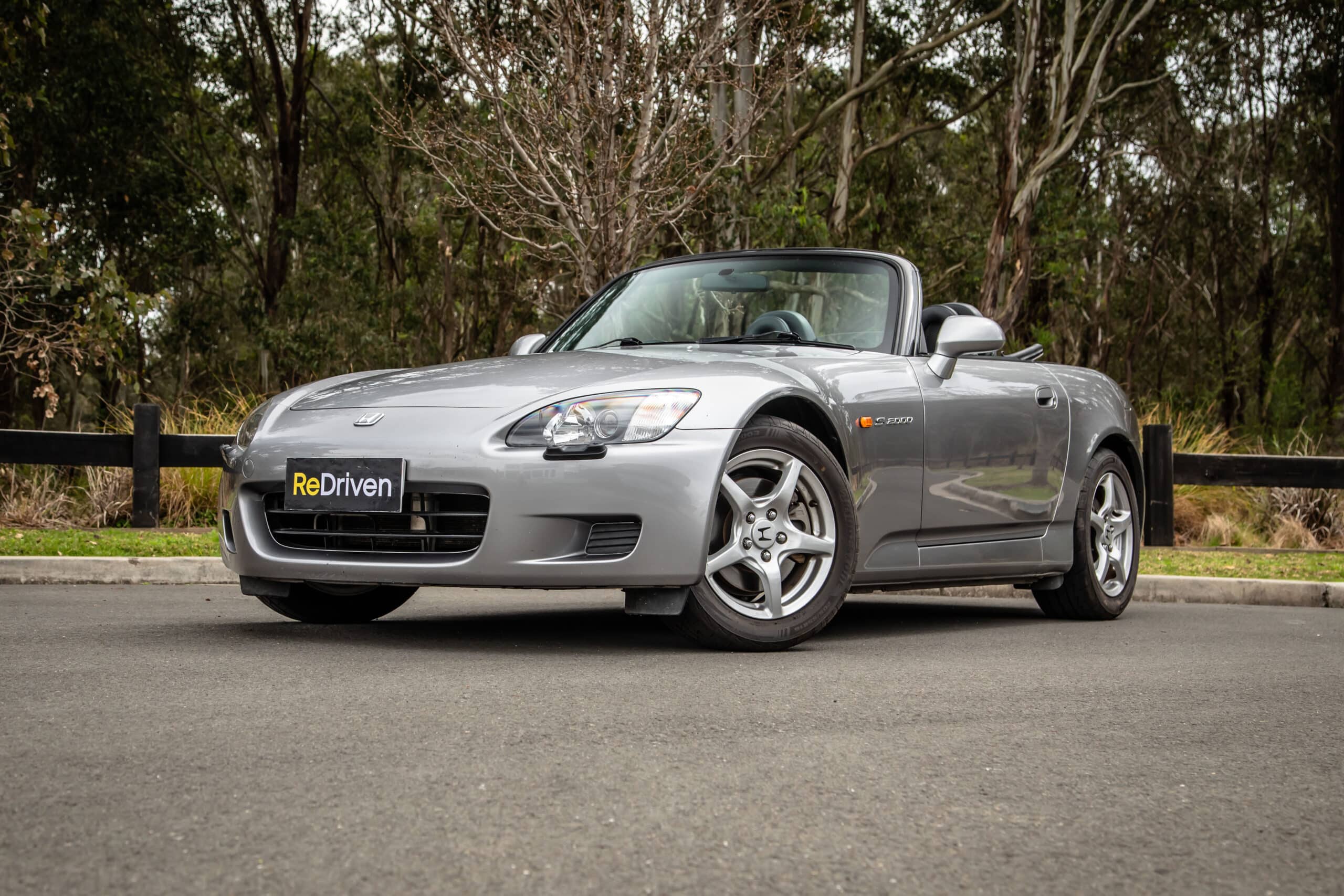
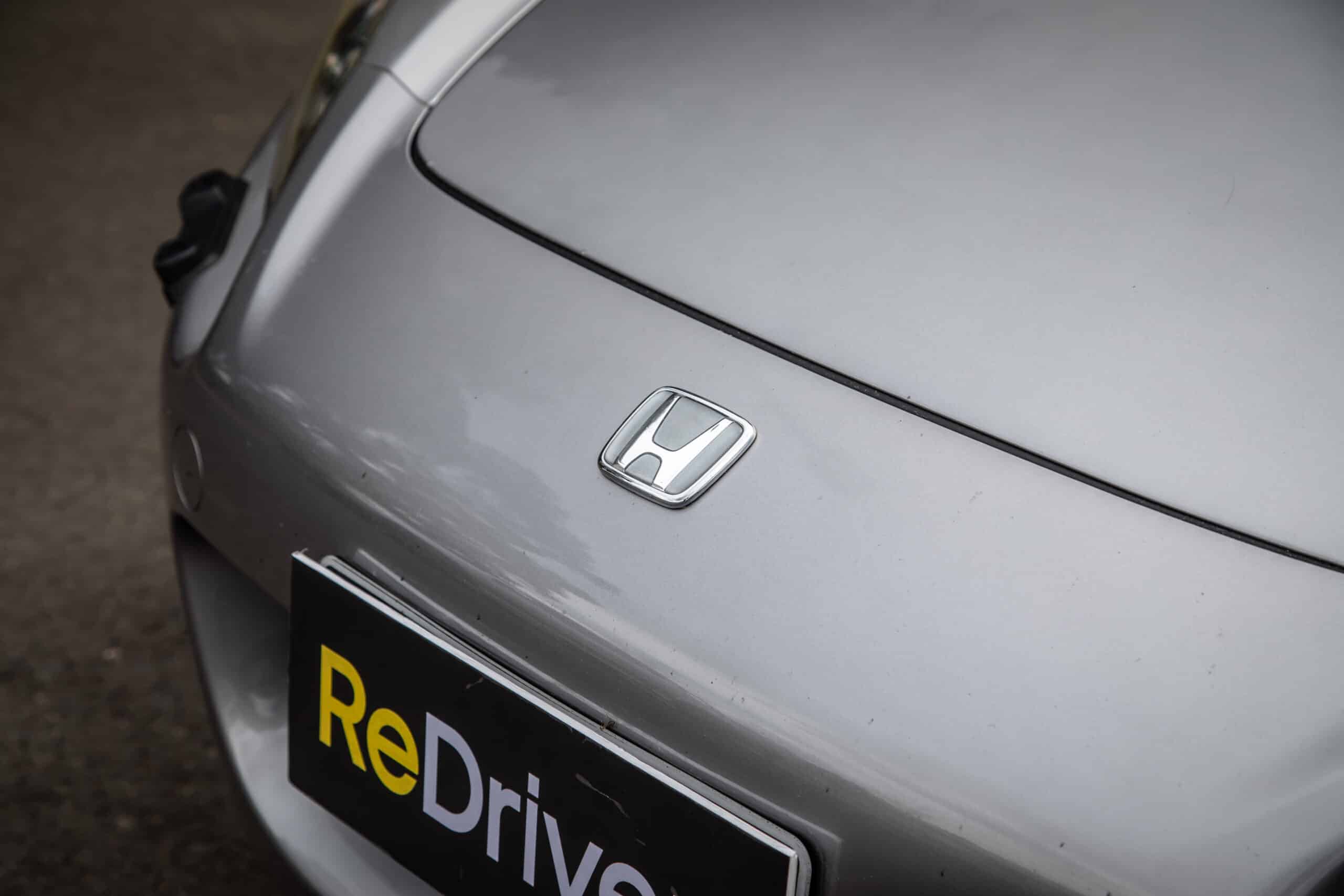
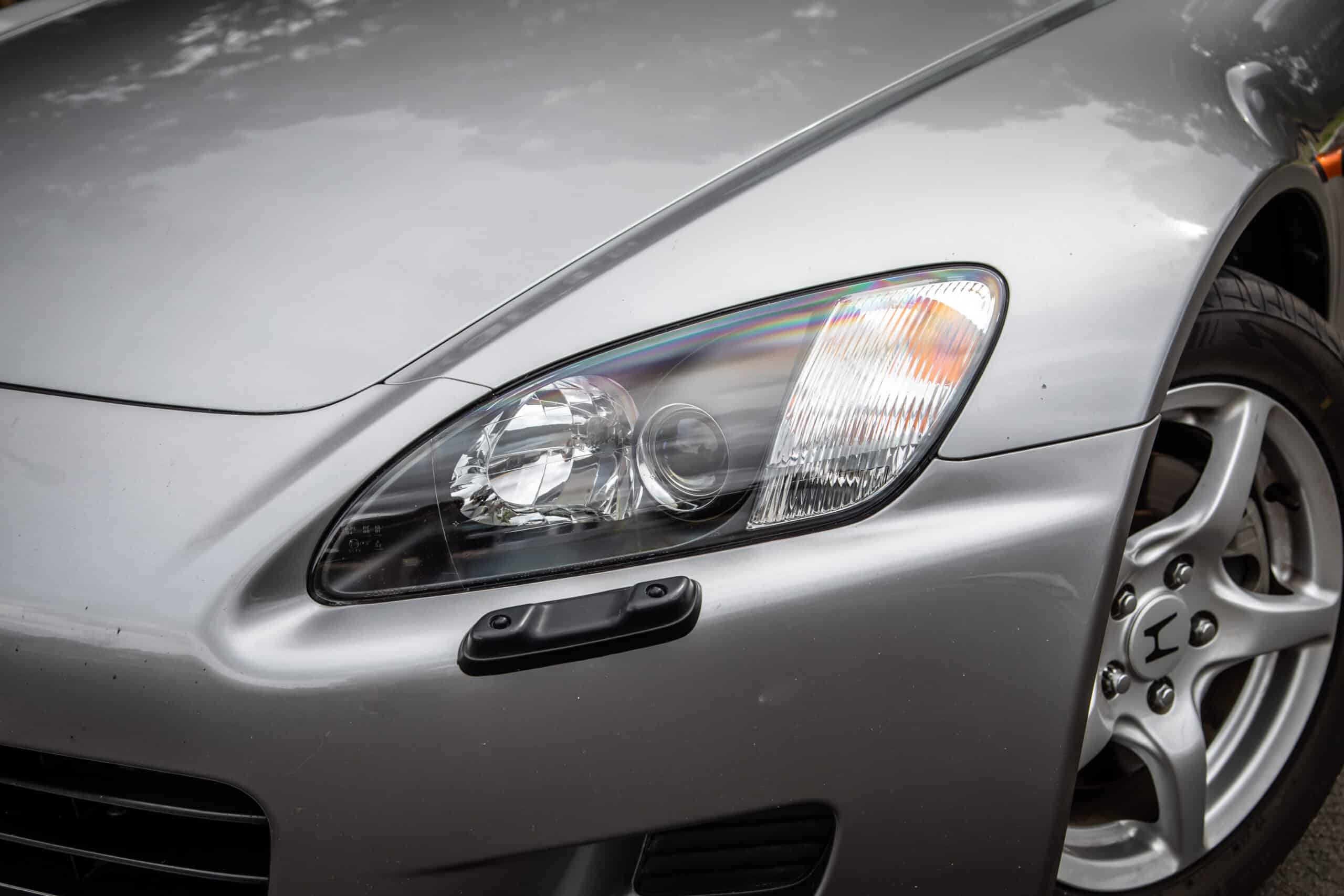
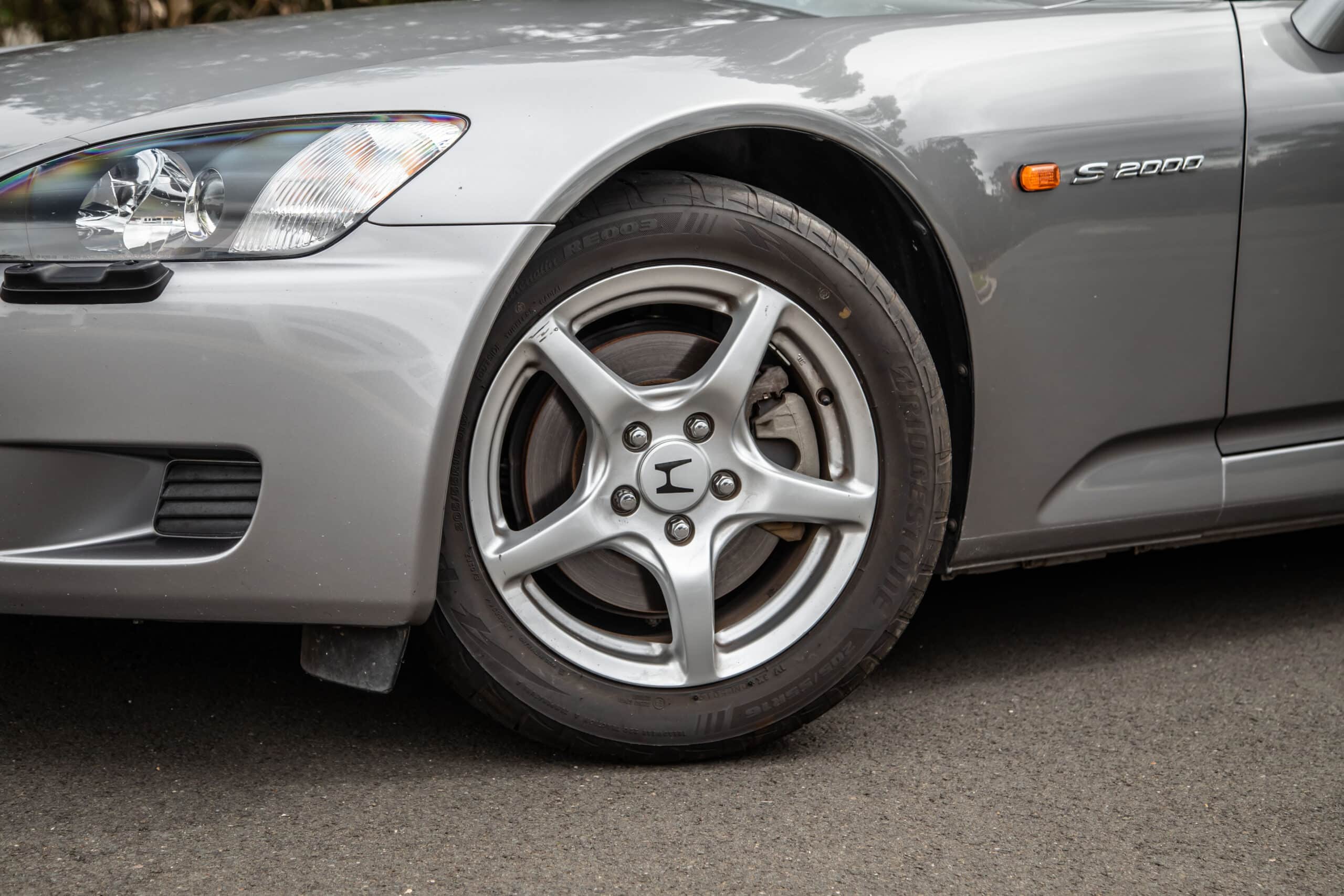
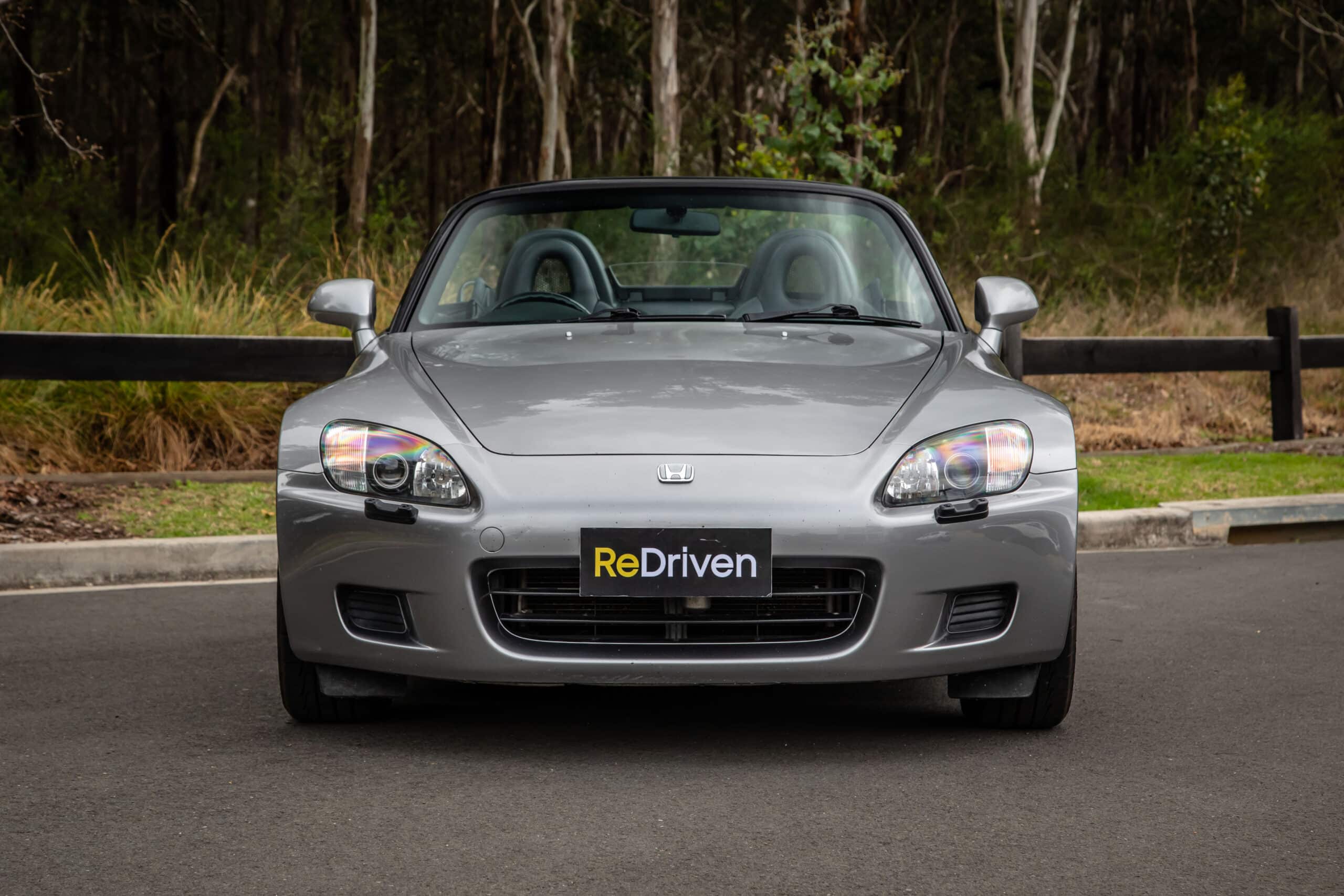
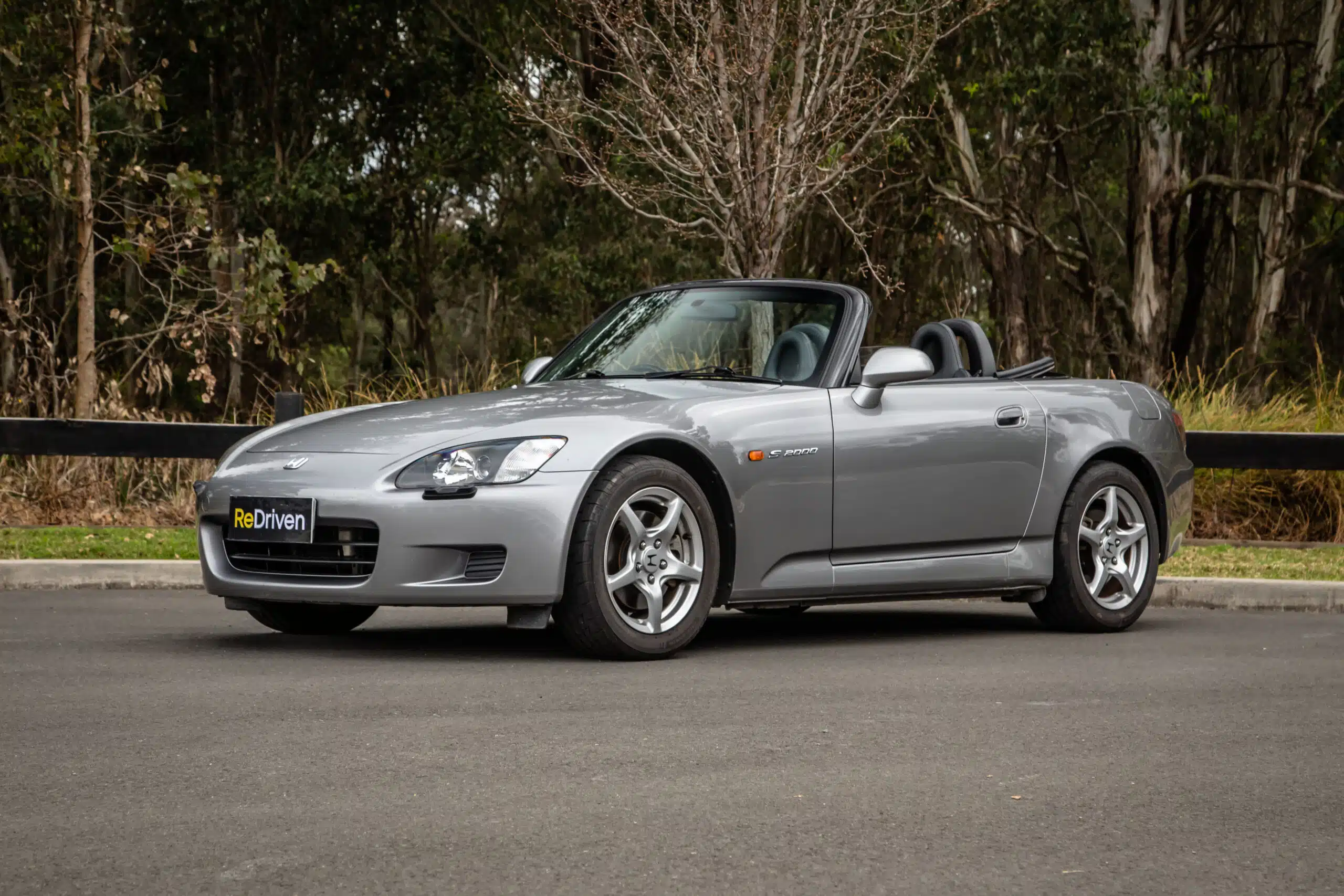
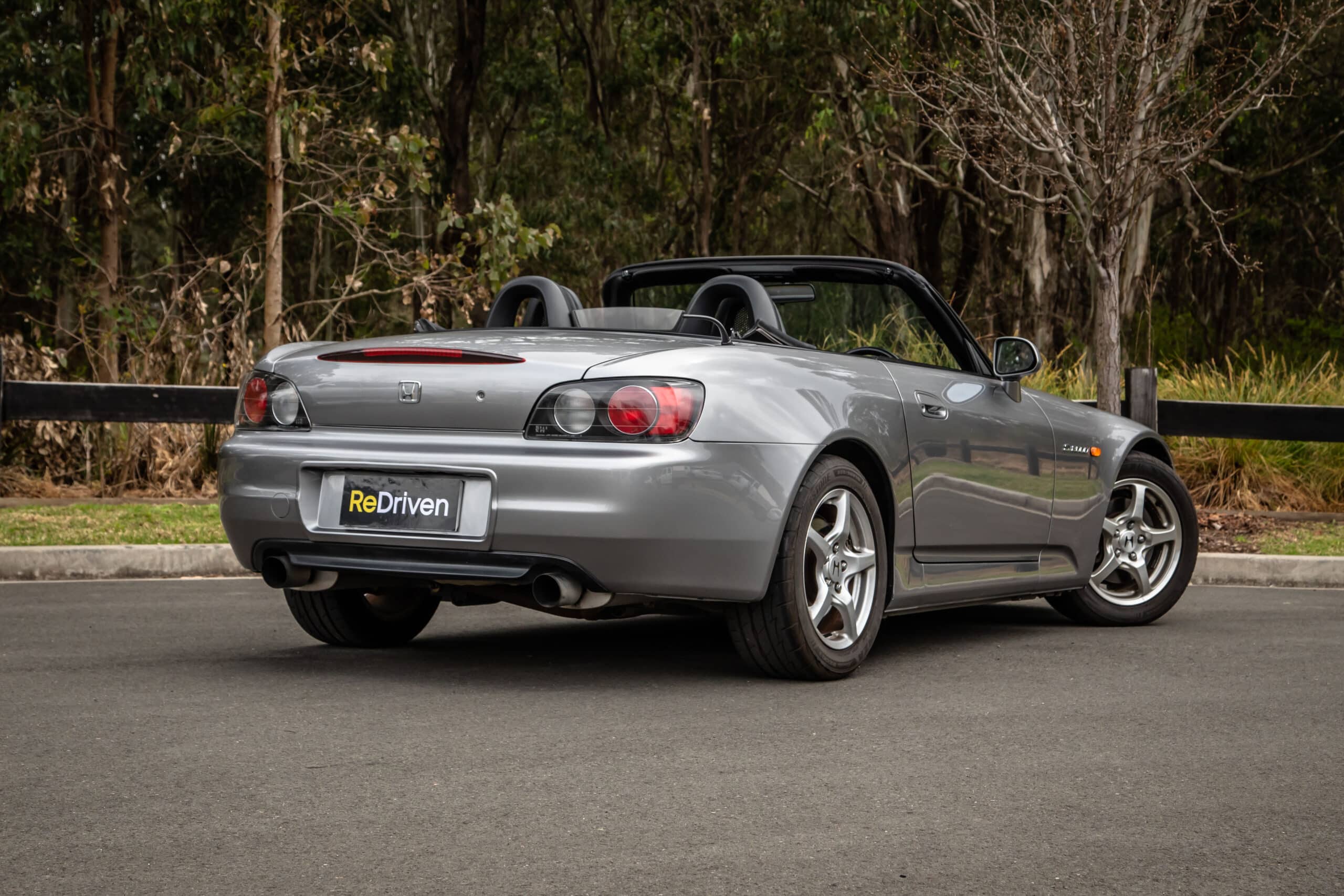
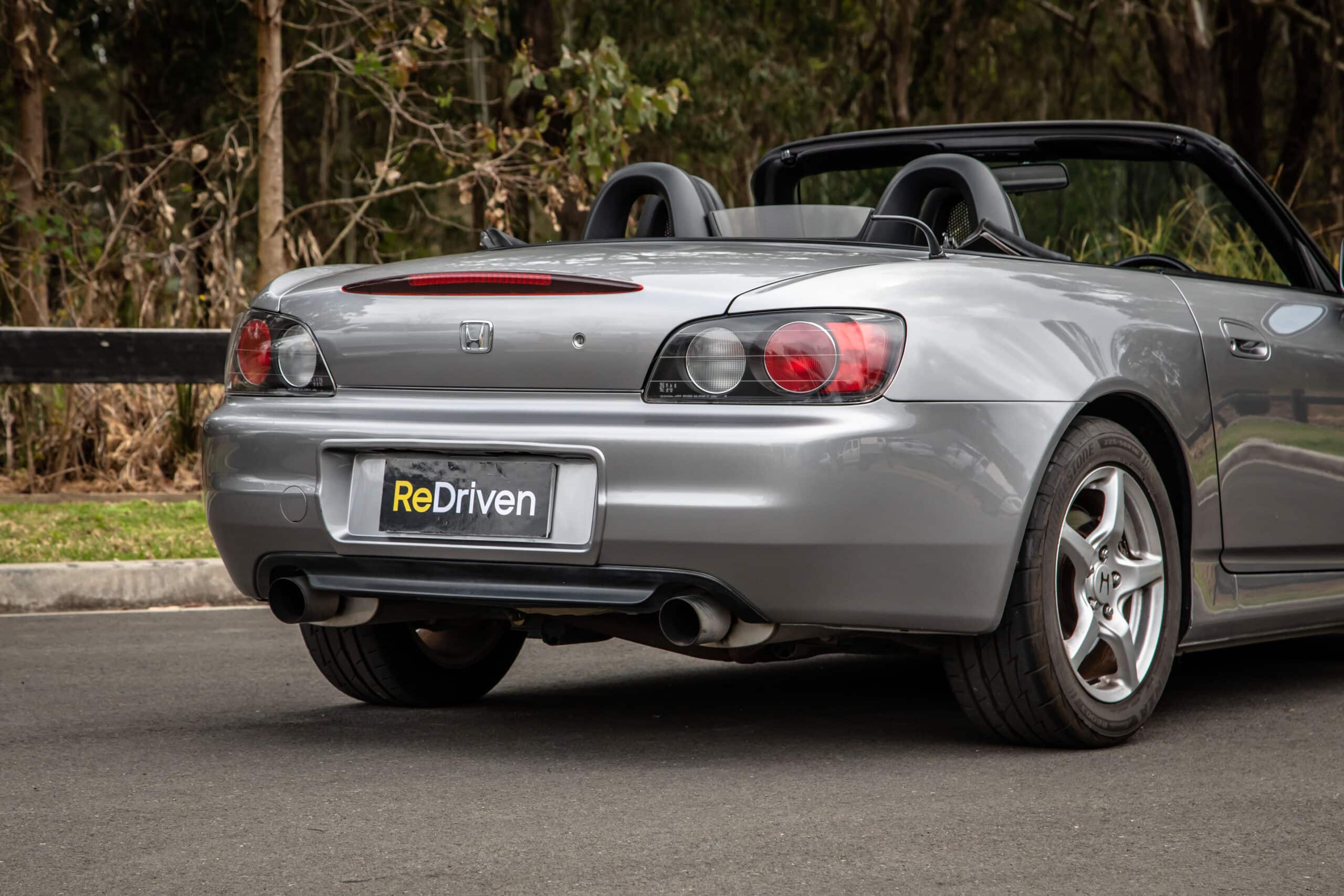

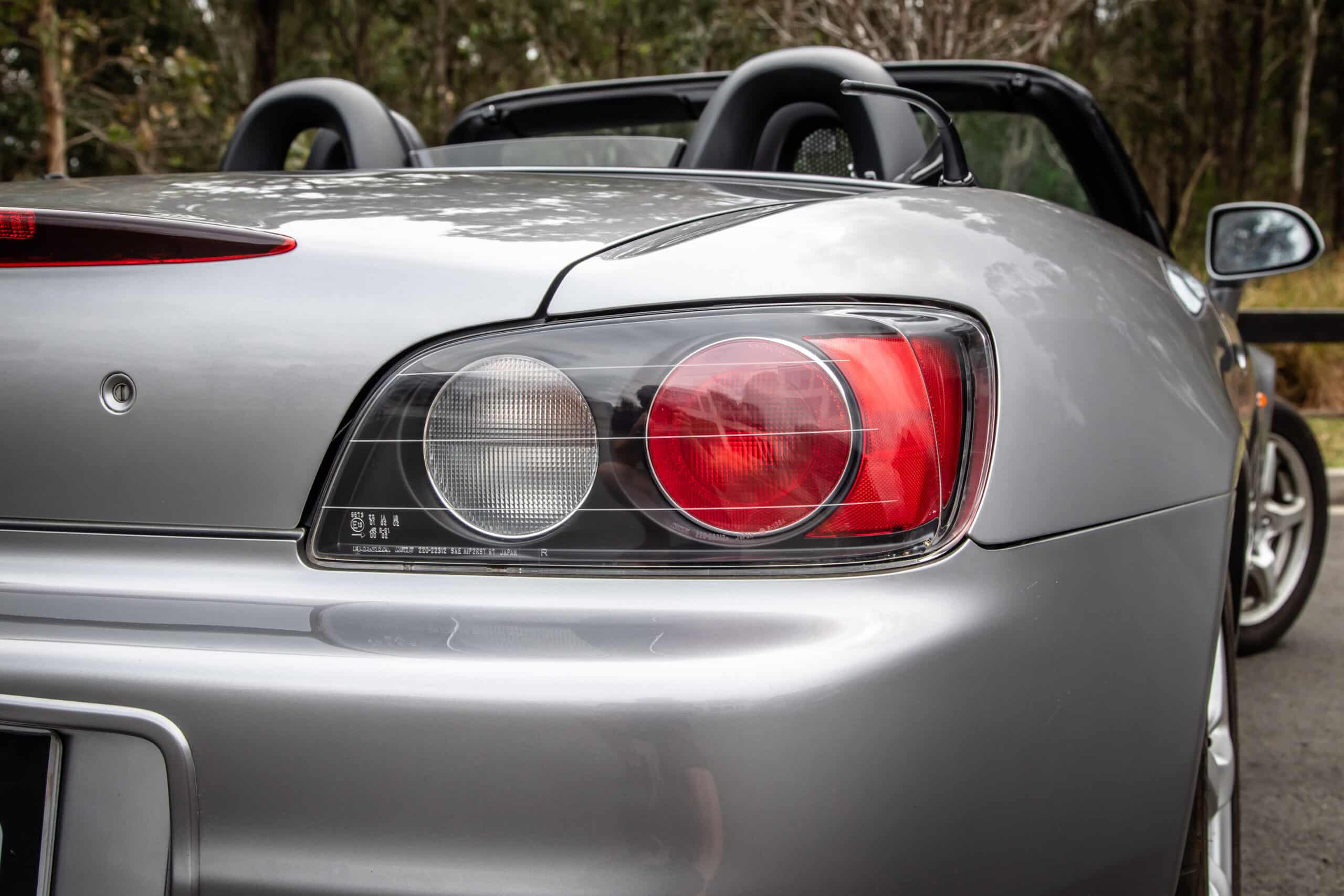
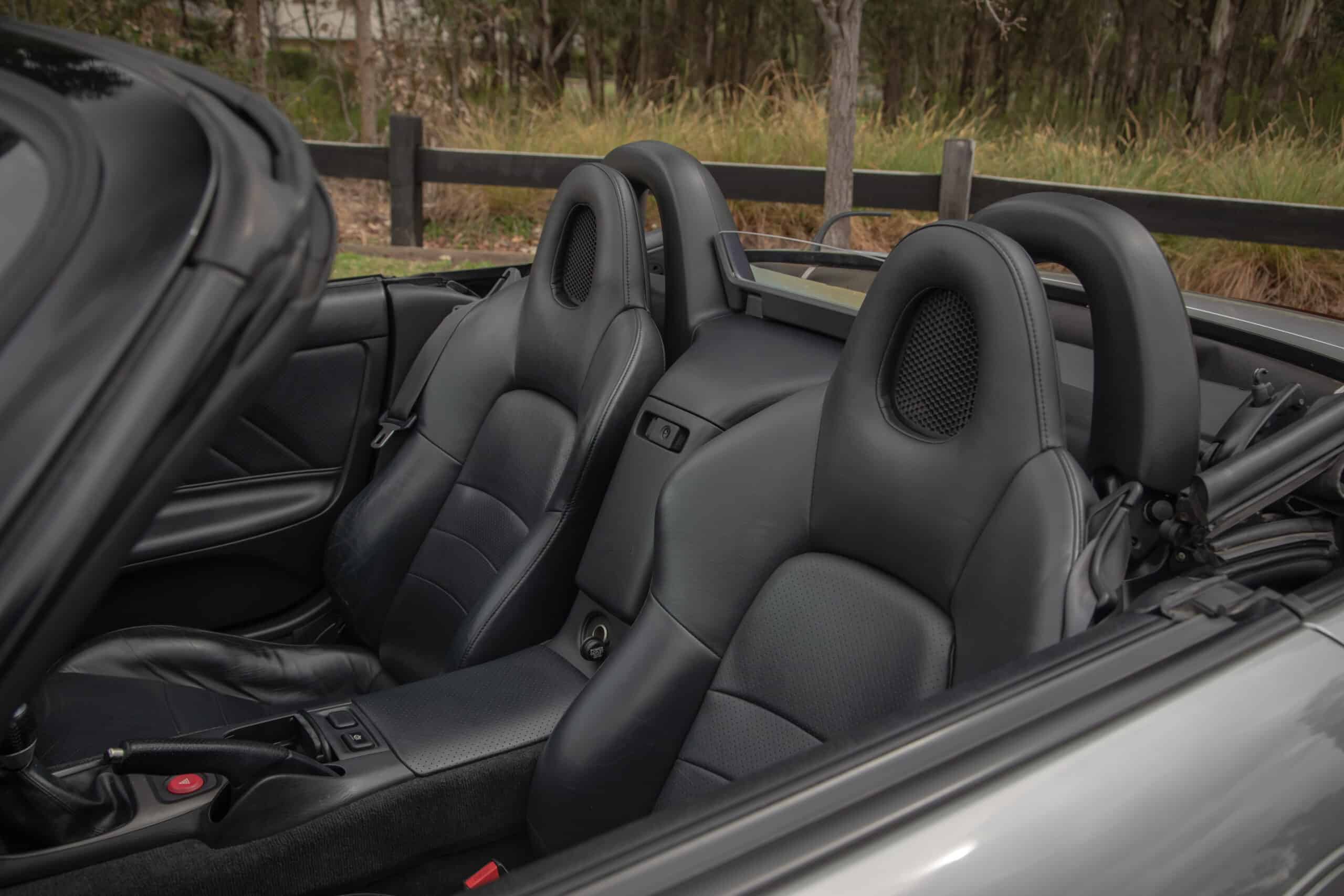
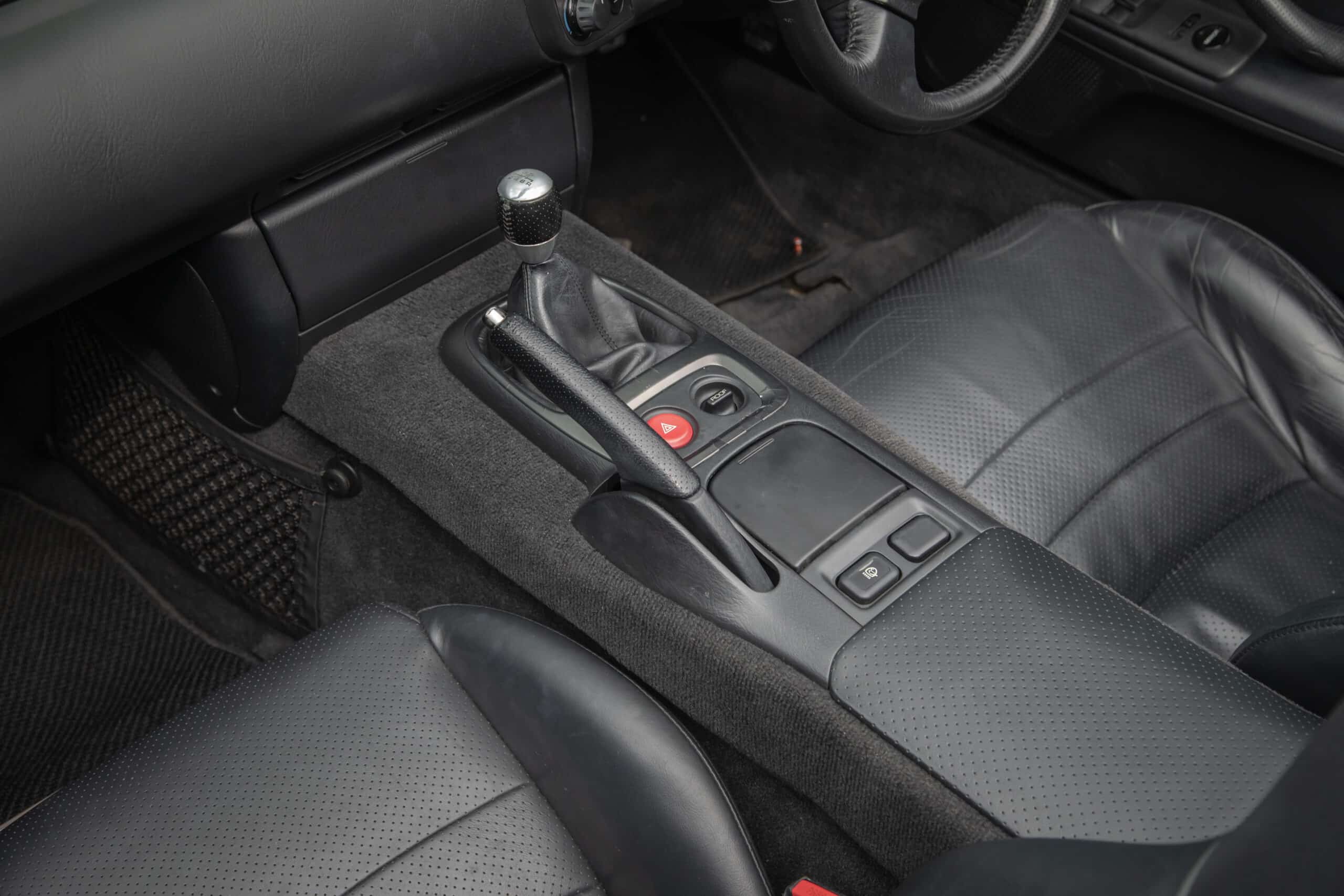
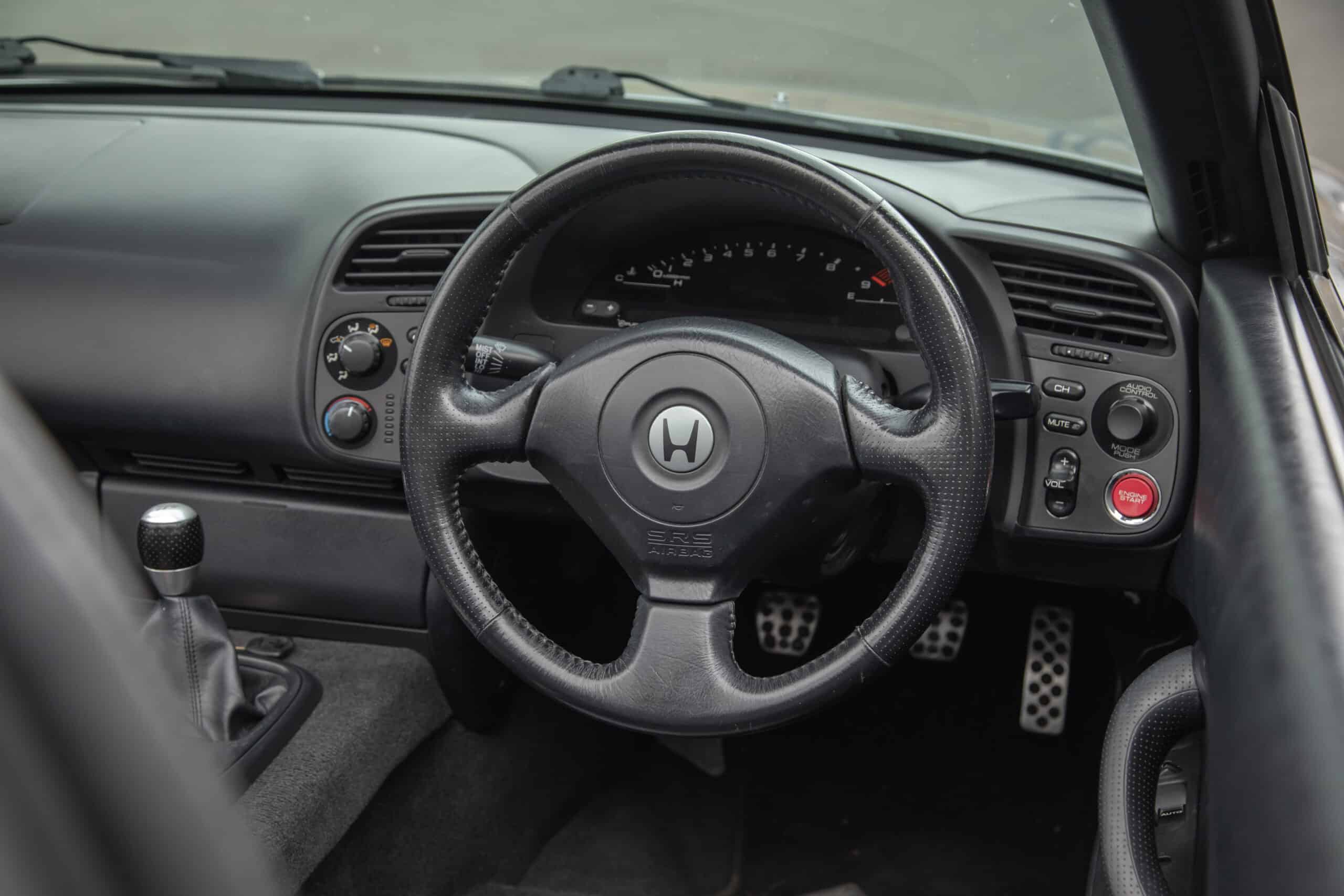
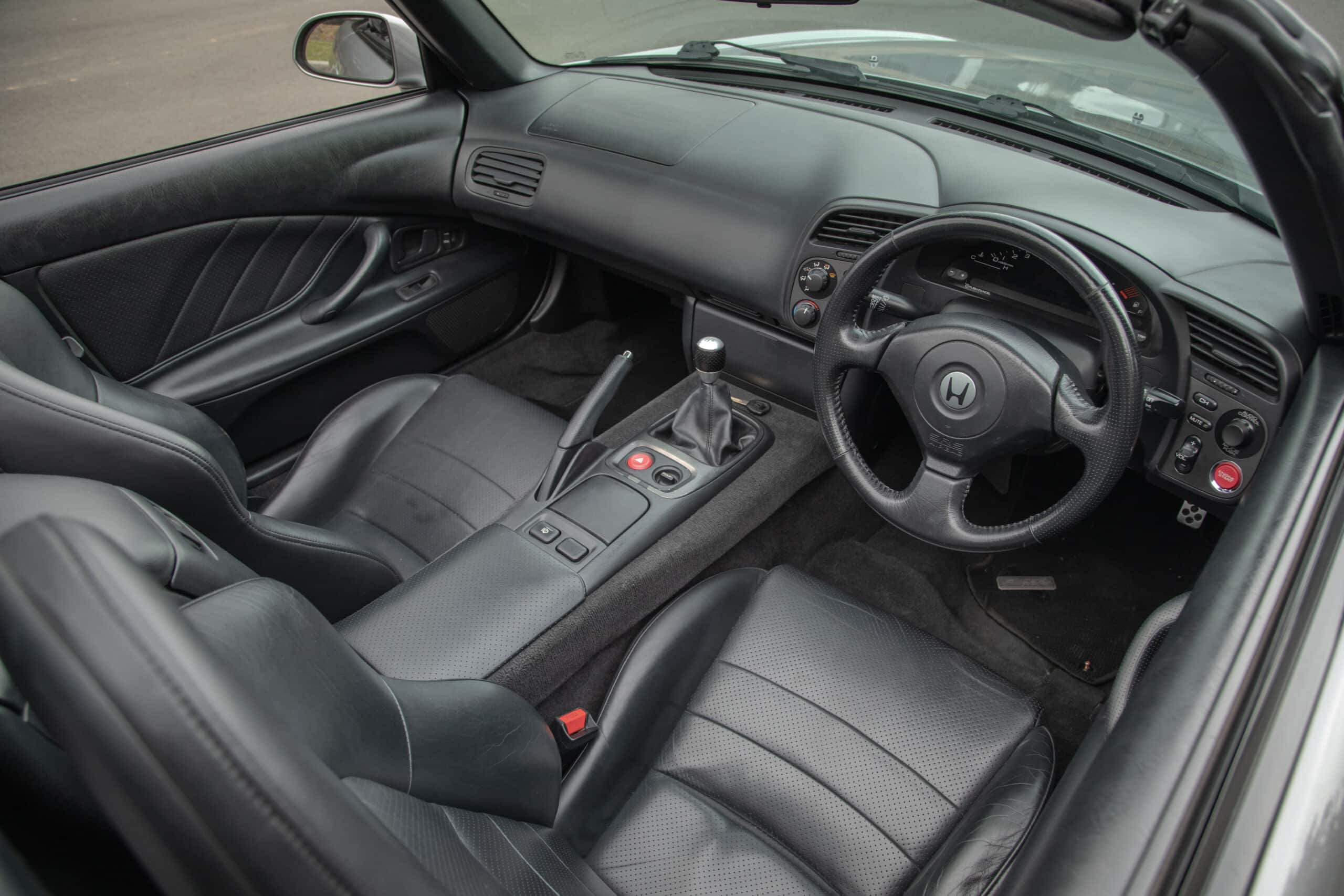

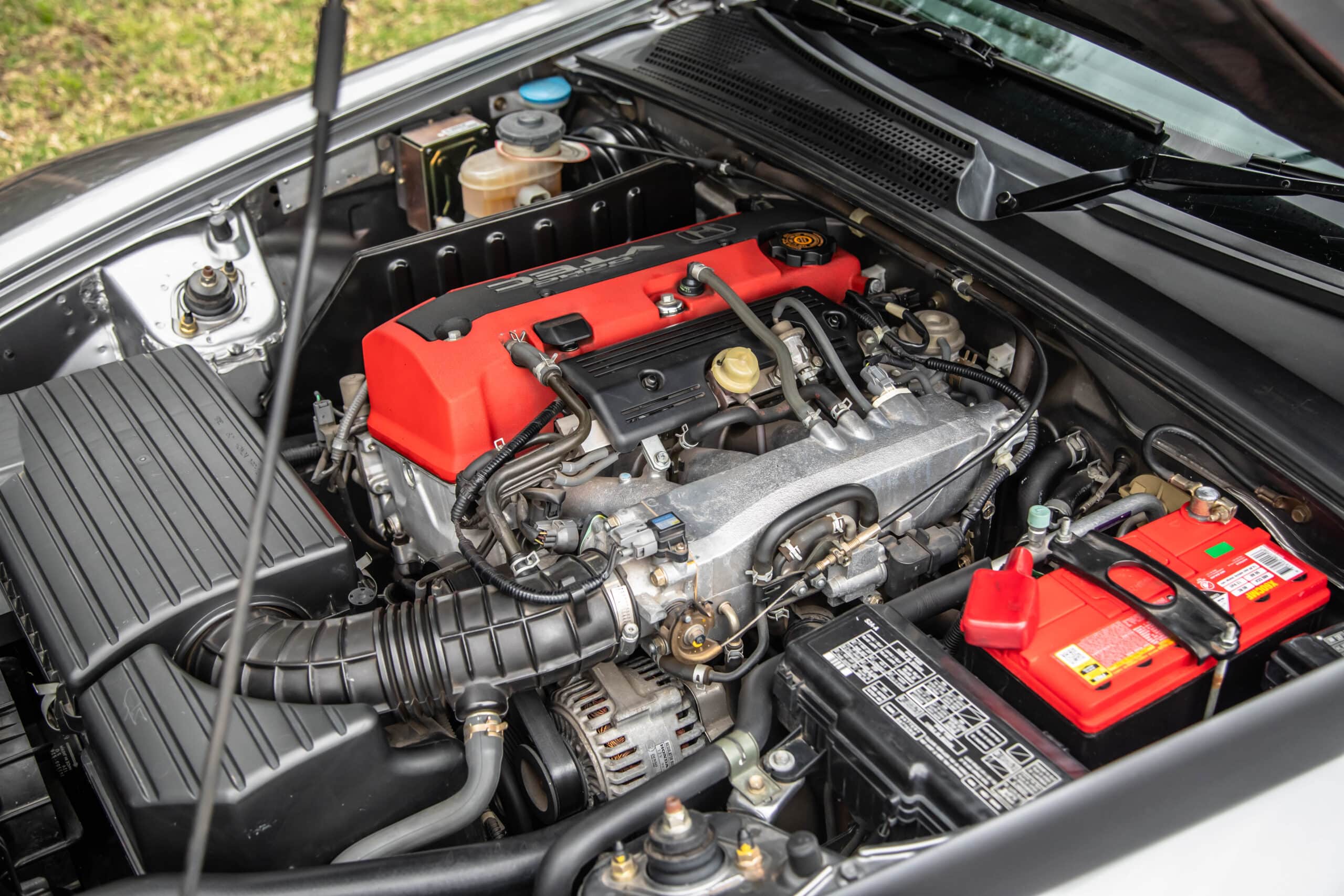
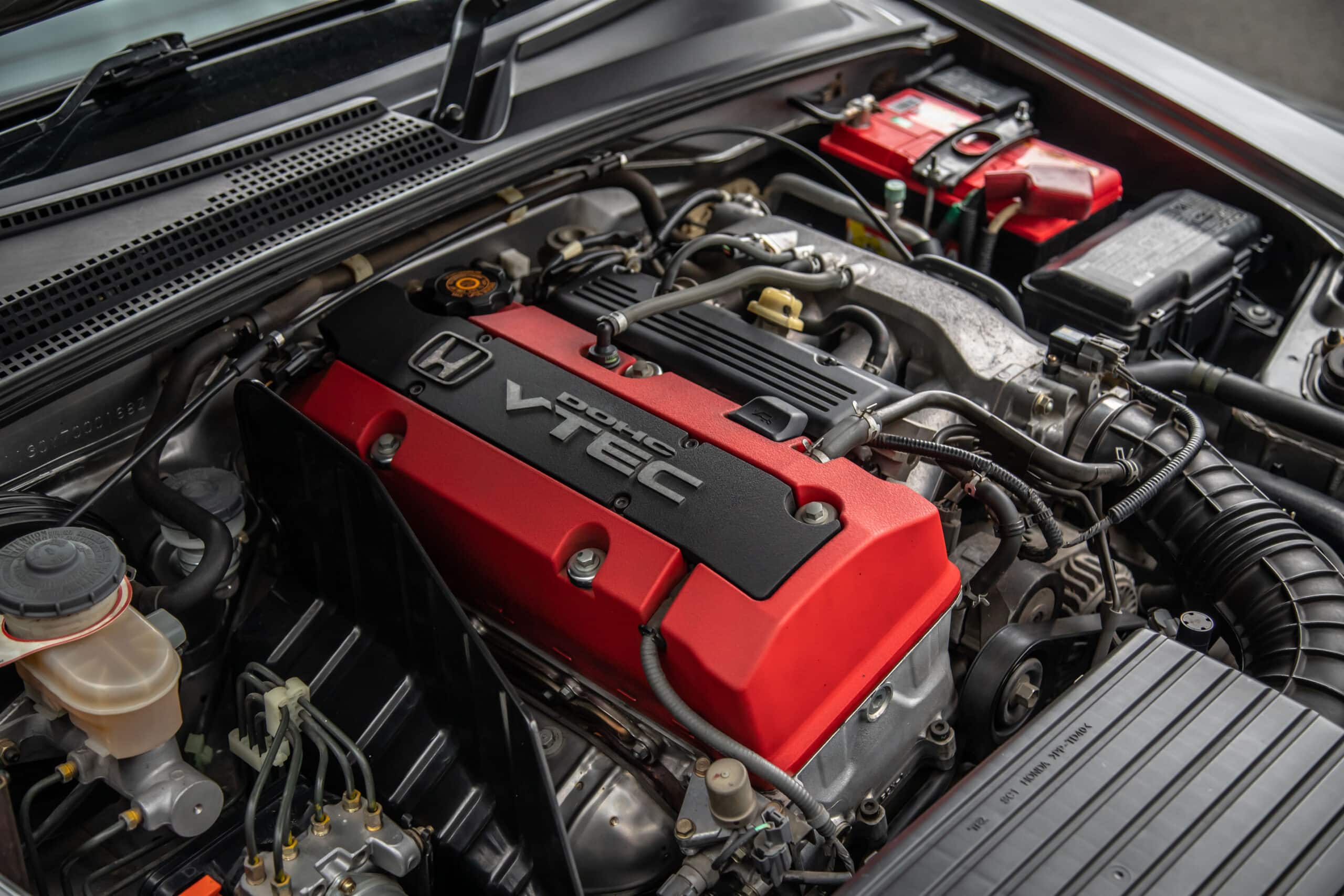



















Exterior:
There have been reports of models built from 2005 – 2009 being prone to tears in the roof, most notably on the right rear side. The only solution to this was to replace the cloth and hinge/frame mechanism on the rear right side.
It’s recommended that you don’t put the S2000 through a high pressure automatic car wash. As water may not only leak into the car but also damage the roof itself.
Being an ageing convertible, it’s bound to have some rattles in the roof and the best way to address this is by lubing the pivot points and hinges/locking mechanisms.
It is critical to check for rust and honestly check everywhere. This is why it’s so incredibly important to have a thorough pre-purchase inspection carried out before you buy one of these, rust is evil.
Interior:
Excessive condensation from the air conditioner can lead to a build up of water which drips into the passenger footwell, this is most commonly due to the lower heater housing seam which would need resealing.
The cooling hose for the air conditioner motor has been known to clog up and if this happens the air conditioning fan usually overheats and in the worst case scenario, blows the fuse and actually melts the fan.
Mechanically:
When these were made, in terms of reliability Honda were at the top of their game.
If an S2000 has been well maintained and not seriously thrashed, they are extremely reliable. Actually, even if they’ve been thrashed, they’re still fairly reliable.
They’re not perfect though. The most common complaint is oil consumption and if you’re looking to buy one there’s no real way of knowing if that’s an issue or not until after you’ve been driving it for a few thousand kilometres. Its less likely to be a problem if it’s been well maintained so make sure you check the service history.
Other common problems are oil leaks which higher mileage ones tend to have.
Another issue to look out for is worn timing chain tensioners. You can typically hear that rattling on cold start up.
Early examples have been around for 20 years now, so you should be checking everything in the engine bay made of rubber or plastic as it is all be getting a bit tired now.
In terms of transmissions and drivelines, higher milage or examples that have had a hard life can suffer from synchro issues and usually its second gear that crunches if you’re shifting aggressively and that can be a fairly costly repair.
The differential is a Torsen LSD which doesn’t have clutch packs that wear out so in a well-maintained standard car they are usually no trouble.
Recalls:
Exterior:
There have been reports of models built from 2005 – 2009 being prone to tears in the roof, most notably on the right rear side. The only solution to this was to replace the cloth and hinge/frame mechanism on the rear right side.
It’s recommended that you don’t put the S2000 through a high pressure automatic car wash. As water may not only leak into the car but also damage the roof itself.
Being an ageing convertible, it’s bound to have some rattles in the roof and the best way to address this is by lubing the pivot points and hinges/locking mechanisms.
It is critical to check for rust and honestly check everywhere. This is why it’s so incredibly important to have a thorough pre-purchase inspection carried out before you buy one of these, rust is evil.
Interior:
Excessive condensation from the air conditioner can lead to a build up of water which drips into the passenger footwell, this is most commonly due to the lower heater housing seam which would need resealing.
The cooling hose for the air conditioner motor has been known to clog up and if this happens the air conditioning fan usually overheats and in the worst case scenario, blows the fuse and actually melts the fan.
Mechanically:
When these were made, in terms of reliability Honda were at the top of their game.
If an S2000 has been well maintained and not seriously thrashed, they are extremely reliable. Actually, even if they’ve been thrashed, they’re still fairly reliable.
They’re not perfect though. The most common complaint is oil consumption and if you’re looking to buy one there’s no real way of knowing if that’s an issue or not until after you’ve been driving it for a few thousand kilometres. Its less likely to be a problem if it’s been well maintained so make sure you check the service history.
Other common problems are oil leaks which higher mileage ones tend to have.
Another issue to look out for is worn timing chain tensioners. You can typically hear that rattling on cold start up.
Early examples have been around for 20 years now, so you should be checking everything in the engine bay made of rubber or plastic as it is all be getting a bit tired now.
In terms of transmissions and drivelines, higher milage or examples that have had a hard life can suffer from synchro issues and usually its second gear that crunches if you’re shifting aggressively and that can be a fairly costly repair.
The differential is a Torsen LSD which doesn’t have clutch packs that wear out so in a well-maintained standard car they are usually no trouble.
Recalls:
Exterior:
There have been reports of models built from 2005 – 2009 being prone to tears in the roof, most notably on the right rear side. The only solution to this was to replace the cloth and hinge/frame mechanism on the rear right side.
It’s recommended that you don’t put the S2000 through a high pressure automatic car wash. As water may not only leak into the car but also damage the roof itself.
Being an ageing convertible, it’s bound to have some rattles in the roof and the best way to address this is by lubing the pivot points and hinges/locking mechanisms.
It is critical to check for rust and honestly check everywhere. This is why it’s so incredibly important to have a thorough pre-purchase inspection carried out before you buy one of these, rust is evil.
Interior:
Excessive condensation from the air conditioner can lead to a build up of water which drips into the passenger footwell, this is most commonly due to the lower heater housing seam which would need resealing.
The cooling hose for the air conditioner motor has been known to clog up and if this happens the air conditioning fan usually overheats and in the worst case scenario, blows the fuse and actually melts the fan.
Mechanically:
When these were made, in terms of reliability Honda were at the top of their game.
If an S2000 has been well maintained and not seriously thrashed, they are extremely reliable. Actually, even if they’ve been thrashed, they’re still fairly reliable.
They’re not perfect though. The most common complaint is oil consumption and if you’re looking to buy one there’s no real way of knowing if that’s an issue or not until after you’ve been driving it for a few thousand kilometres. Its less likely to be a problem if it’s been well maintained so make sure you check the service history.
Other common problems are oil leaks which higher mileage ones tend to have.
Another issue to look out for is worn timing chain tensioners. You can typically hear that rattling on cold start up.
Early examples have been around for 20 years now, so you should be checking everything in the engine bay made of rubber or plastic as it is all be getting a bit tired now.
In terms of transmissions and drivelines, higher milage or examples that have had a hard life can suffer from synchro issues and usually its second gear that crunches if you’re shifting aggressively and that can be a fairly costly repair.
The differential is a Torsen LSD which doesn’t have clutch packs that wear out so in a well-maintained standard car they are usually no trouble.
Recalls:
Obviously you shouldn’t buy an abused or badly modified S2000 unless you want it as a project car, but besides that, there are very few reasons you shouldn’t buy an S2000.
In terms of topless performance cars, the S2000 continues to nail the brief. Immense driver engagement, superb dynamics, an immensely tuneable and responsive platform, Honda’s exceptional build quality and reliability and values that still seem to continue to rise, not only is an S2000 one of the all time great performance cars, it could very well end up being an investment.
We actually argue that this makes for a far more intelligent choice over a boat load of far more exotic alternatives.
Just please be careful of dodgy ones, make sure it has a faultless history and have a thorough pre-purchase inspection carried out, if it ticks all those boxes, yes, buy one and if you can’t buy, just find a way to at least drive one.
Obviously you shouldn’t buy an abused or badly modified S2000 unless you want it as a project car, but besides that, there are very few reasons you shouldn’t buy an S2000.
In terms of topless performance cars, the S2000 continues to nail the brief. Immense driver engagement, superb dynamics, an immensely tuneable and responsive platform, Honda’s exceptional build quality and reliability and values that still seem to continue to rise, not only is an S2000 one of the all time great performance cars, it could very well end up being an investment.
We actually argue that this makes for a far more intelligent choice over a boat load of far more exotic alternatives.
Just please be careful of dodgy ones, make sure it has a faultless history and have a thorough pre-purchase inspection carried out, if it ticks all those boxes, yes, buy one and if you can’t buy, just find a way to at least drive one.
Obviously you shouldn’t buy an abused or badly modified S2000 unless you want it as a project car, but besides that, there are very few reasons you shouldn’t buy an S2000.
In terms of topless performance cars, the S2000 continues to nail the brief. Immense driver engagement, superb dynamics, an immensely tuneable and responsive platform, Honda’s exceptional build quality and reliability and values that still seem to continue to rise, not only is an S2000 one of the all time great performance cars, it could very well end up being an investment.
We actually argue that this makes for a far more intelligent choice over a boat load of far more exotic alternatives.
Just please be careful of dodgy ones, make sure it has a faultless history and have a thorough pre-purchase inspection carried out, if it ticks all those boxes, yes, buy one and if you can’t buy, just find a way to at least drive one.
Have ultimate peace of mind when buying a used car by purchasing an official PPSR report.
Please note that pricing information is subject to fluctuations in the automotive market.
Information correct as of September 23, 2022.
The advice provided on this website is general advice only. It has been prepared without taking into account your objectives, financial situation or needs. Before acting on this advice, you should consider the appropriateness of the advice, having regard to your own objectives, financial situation and needs.
Read our full terms and conditions here.
You are the best, the content in your videos is so helpful, delivered in a great way. Please keep going as for sure you are unique in every way. All the best from Guatemala
L. G. - YouTube
You guys have truly found something wonderful… Loved this channel ever since from the beginning… Will support you guys as long as you guys keep making these wonderful car reviews…
Calvin - YouTube
This is probably the best channel I have ever seen when reviewing vehicles. New or old. The honesty is so appreciated. I’ve been a mechanic for 20 years and I find it very informative when looking for a vehicle for my daughter. Keep up the awesome work.
Jason T. - YouTube
© 2025 ReDriven All Rights Reserved